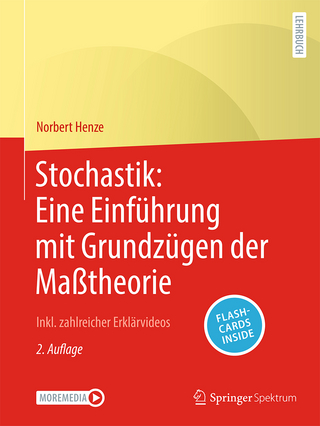
Allocation Models and their Use in Economic Planning
Springer (Verlag)
978-94-010-3086-1 (ISBN)
Three different lines of approach have contributed to the theory of optimal planning. One approach considers the problem from the view-point of a national government and its adviser, the econometrician planning speci alist. The government can, if this is thought to be desirable, stimulate investment in certain directions and discourage other economic activities. By various fiscal devices, it can influence both the total level and the distribution of investment funds over different sectors of production. Also, in many countries, a public agency plays some kind of coordinat ing role in the formulation of long-term plans for output by the enter prises sector; this may range from administrative direction in so-called centrally planned economies, to persuasion and advice in 'capitalist' economies. Accordingly, the public planner wishes to know what dis tribution of the nation's resources would be 'optimal'. This leads to the construction of various models which may be described under the general heading 'input-output type models'. This type of model has been largely developed by practitioners, among whom Sandee [B2] is probably the most outstanding and the earliest. A later, well-developed example of a model based on this approach is, for example, the Czech model by Cerny et al. [Bl]. A second approach considers the problem from the point of view of the private entrepreneur and his adviser, the manager and financial accountant.
I. Allocation, Investment and Efficiency Prices in Input-Output Type Models.- I. What is Efficiency?.- II. The Generalized Input-Output Model.- III. Inter-Temporal Allocation in the Generalized Model.- IV. The Balanced Growth Frontier.- V. The Dynamized Leontief Model.- VI. Foreign Trade in the National Economy Model.- II. The Evaluation of Individual Projects.- VII. The Costing Problem.- VIII. Discounted Cash Flow in the Standard Case.- IX. Increasing Returns to Scale.- X. Some Special Evaluation Problems in Particular Sectors.- III. Capita Selecta on Economic Policy.- XI. The Distribution of Outputs.- XII. Opportunity Cost and Exchange Price.- Appendix A. Optimality Conditions.- a.1. The Additive Property of Inequalities.- a.2. The Programming Problem and Its Lagrangean.- a.3. John’s Theorem.- a.4. Aggregate Restrictions of Allocation Models.- a.5. The Kuhn-Tucker Theorem for Convex Programming.- Appendix B. Some Conventions of Notation.
| Reihe/Serie | International Studies in Economics and Econometrics ; 3 |
|---|---|
| Zusatzinfo | XIV, 203 p. |
| Verlagsort | Dordrecht |
| Sprache | englisch |
| Maße | 155 x 235 mm |
| Themenwelt | Mathematik / Informatik ► Mathematik ► Wahrscheinlichkeit / Kombinatorik |
| Wirtschaft ► Allgemeines / Lexika | |
| Wirtschaft ► Volkswirtschaftslehre ► Ökonometrie | |
| ISBN-10 | 94-010-3086-3 / 9401030863 |
| ISBN-13 | 978-94-010-3086-1 / 9789401030861 |
| Zustand | Neuware |
| Haben Sie eine Frage zum Produkt? |
aus dem Bereich


